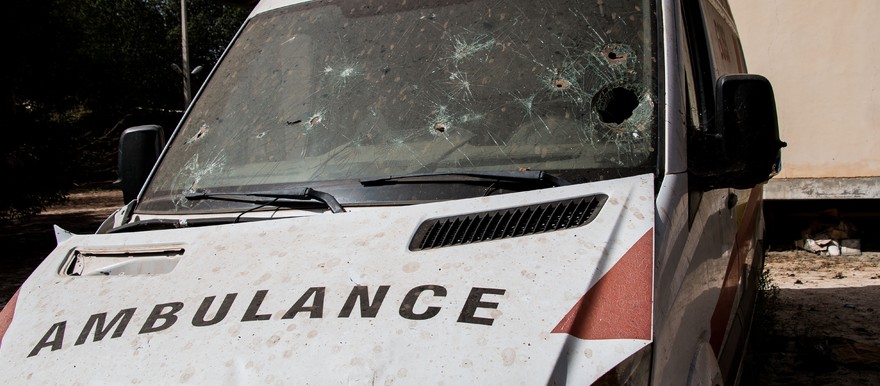Nine months after the signing of a peace agreement in South Sudan, the country’s healthcare system is still in serious trouble – under strain in some areas, totally collapsed in others.
South Sudan faces a formidable array of public health challenges, from epidemic malaria to cholera, river blindness, kala-azar, malnutrition and measles, maternal mortality, a constant flow of war wounded and, inevitably, a decades-long challenge of caring for the war-disabled.
The country is under-equipped to face these challenges. It suffers long-standing shortages of qualified medical personnel and a lack of infrastructure. And a government cash crunch means that doctors and nurses go unpaid for months at a time. Inflation, meanwhile, driven by falling oil prices and the cost of war, has cut the real value of workers’ salaries to a fraction of what they were worth just two years ago.
During two years of war, investments that would have gone toward upkeep and development of the health sector have instead been diverted to emergency programs to assist refugees and displaced, war-wounded, trauma victims and the malnourished. Numerous hospitals and clinics have been attacked and looted, sometimes repeatedly, or suffered frequent shortages of drugs and other medical supplies, even as health workers in some areas have fled and not returned.
Further complicating the situation is the complexity of the healthcare system itself, which is really a network of a dizzying number of actors: scores of aid groups, UN agencies, bilateral and multilateral donors, private sector, national ministries, and a multiplying number of state and county governments, in a country in which 60-plus languages are spoken and hardly any of the roads are paved.
In an effort to make sense of the situation, today we are launching a series of reports on the healthcare sector in South Sudan, with attention to the roles of government, donors and aid groups. Our series, ‘Healthcare in Crisis’, is published in the hope of adding value to the existing public discourse on healthcare. We begin with a look at why South Sudan faces a shortage of essential medicines. Next, we turn our attention to the HIV epidemic and ask what health providers are doing to try to check its spread.
In the third chapter of this series, we explain why so many rape victims in South Sudan are unable to access timely medical care. After that, we have a few articles explaining some aspects of aid culture and donor systems in the healthcare sector.
There’s even more to explore – we invite you to read at your leisure and share what interests you with friends or colleagues. For reference, we provide here the full outline of the series, chapter by chapter:
Why South Sudan faces a critical drugs shortage
Why South Sudan’s HIV epidemic is set to worsen
How the health system is failing rape victims
The Bid: Inside the management of South Sudan’s largest donor fund
In Name Only: The World Bank at the centre of a humanitarian crisis
The Taxmen: How donors lost millions in South Sudan’s forex market
What can be done to improve the healthcare system?




